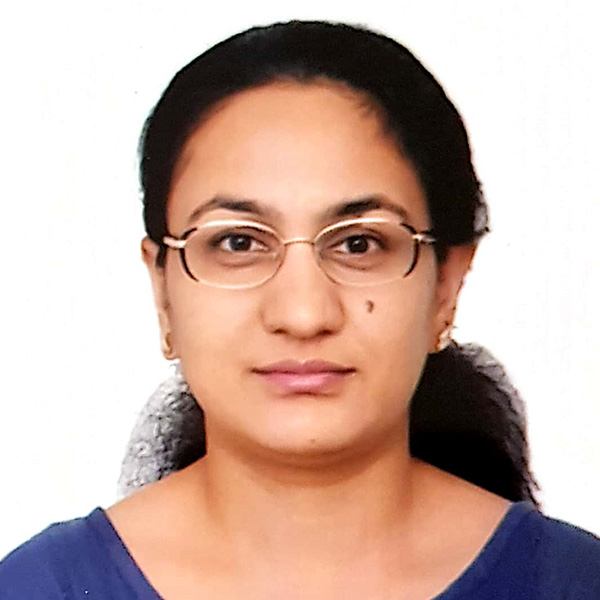Taking the Road Less Traveled: A Female Cardiologist in India

Although cardiology is already a high-pressure work environment, women face extra challenges. Despite the fact that the Indian cardiology community owes its very origin to the untiring efforts of a female cardiologist – S. Padmawati, MBBS, who started the first cardiology subspecialty degree course – women constitute less than one-tenth of the specialists in this field today. Gender disparity in medical education in India is well-known. Women account for a third of all admissions to MBBS (undergraduate level), declining to 15 to 20 percent of admissions to MD (postgraduate course) internal medicine. This proportion further decreases to about 8 percent in the subspecialty of cardiology.
Reasons for the progressive decline in the proportion of women at different levels are multilayered and reflect sociocultural influences and perceived gender roles. Since India is a patriarchal society, a woman's primary responsibility is considered to be tending the family and bearing children. The average age of marriage for a female in India is 22, usually just after graduation. In many families, higher education is discouraged because people believe it causes delay in parenthood. Among women who opt for post-graduation study, many prefer disciplines that are less demanding on time and require less interaction with men. Those opting for clinical disciplines prefer subjects such as OB-GYN and pediatrics, where the interaction is mostly with female clients. Thus, in addition to male predominance, some barriers to entering cardiology include long working hours, unpredictable emergency calls and fear of exposure to radiation.
Given an opportunity to enter the field of cardiology, female cardiologists are subtly but surely excluded from the male bastions! Considered the weaker sex, females are not given important responsibilities in their field. Female cardiologists have fewer opportunities for skill development, and the perception that women abstain from intervention during childbearing years further restricts job opportunities. Another interesting observation is that the representation of females in different national organizations and societies of cardiology is either very low or absent. Although women represent about 8 percent of interventional cardiologists, they are not represented in different cardiology societies in country at the same rate. The two most important organizations of cardiology in India have had very few or no female representatives on their executive boards. The number of female speakers is also lower, even when adjusted for their low number in cardiology itself.
A survey I conducted revealed that out of 25 Indian female cardiologists, 88 percent believed they faced gender-based discrimination at work. However, only 16 percent of them faced barriers from patients, highlighting the fact that patients seek only a competent and efficient doctor, irrespective of gender. These statistics go along with a recent study that showed both male and female patients treated by female physicians experienced similar outcomes, whereas among those treated by male physicians, female patients had poorer outcomes compared to male patients.
What are my suggestions to this unique situation? We have to change the mindset at the basic grassroots level, which should include changing the perspective of society as a whole. Barriers erected by the society and inner barriers created by our mind should be broken. Senior female cardiologists who have been role models should come forward and discuss the challenges they faced and how they overcame them, rather than shying away or living in the denial of gender discrepancies. There should be more female faces at different organizations at the national level, not only as speakers but also as members of the executive bodies. Conferences should have stand-alone, women-oriented sessions to encourage the younger female generation to come forward in the field of cardiology. Opinion leaders of leading cardiology societies should actively come forward in response to these issues and help tackle them to maintain a gender equipoise in this field.
While the "road" of cardiology may be less travelled by women and filled with challenges, the destination is worth it.
Want to carry on this discussion even further? Connect with colleagues and share your thoughts on ACC's Member Hub!
This article was authored by Roopali Khanna, MD, associate professor in the department of cardiology at the Sanjay Gandhi Postgraduate Institute of Medical Sciences in Lucknow, India.

